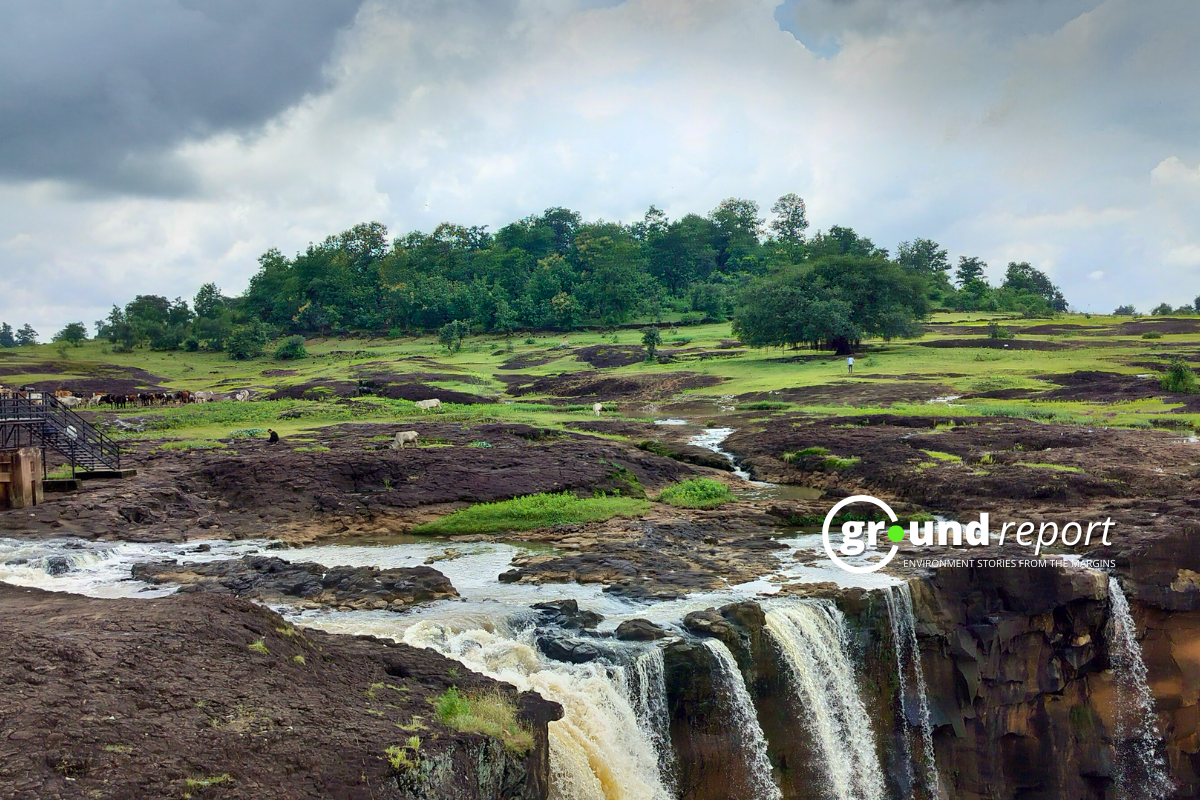In response to a question in the Rajya Sabha, Minister of State for Agriculture and Farmers Welfare, Shri Ramnath Thakur, highlighted maize cultivation as a promising alternative to paddy to address stubble burning. He emphasized that maize, with its high yield potential and suitability for bioethanol production, can play a critical role in crop diversification. High-value crops like fruits and vegetables also offer viable alternatives to cereals in Punjab, Haryana, and Western Uttar Pradesh.
Promoting maize cultivation
The Indian Council of Agricultural Research (ICAR) has been promoting maize cultivation in Punjab and Haryana through outreach programs under the Participatory Innovation Platform on Potential Yield Realization of Maize-Based Cropping Systems (2021-23).
Maize yields have shown promising results:
-
Punjab: 57.33 to 76.00 quintals/hectare.
-
Haryana: 61.33 to 77.00 quintals per hectare.
These findings demonstrate the potential for optimizing yields through best agricultural practices.
The Department of Agriculture & Farmers Welfare (DA&FW) has been implementing the Crop Diversification Program (CDP) in Punjab, Haryana, and Western Uttar Pradesh since 2013-14. This initiative promotes cultivating oilseeds, pulses, coarse cereals, cotton, and agro-forestry as alternatives to paddy.
Addressing stubble burning and water conservation
The Punjab Preservation of Subsoil Water Act, 2009 mandates delayed paddy sowing to coincide with the monsoon, conserving groundwater but shortening the wheat planting window. To address these challenges:
-
The government is promoting water-efficient, short-duration paddy varieties PR-121 and PR-126, developed by Punjab Agricultural University.
-
Mechanized implements like Happy Seeder and Super Seeder enable wheat sowing without burning or removing stubble.
-
ICAR developed aerobic rice varieties like CR Dhan 200 to reduce water consumption and enable timely harvesting.
These measures aim to mitigate stubble burning, conserve water, and support sustainable agriculture amid climate variability.
The government remains committed to advancing crop diversification and introducing innovative technologies to balance agricultural productivity with environmental sustainability. Developing alternative crops and water-efficient farming practices will be key in reducing stubble burning and preserving resources.
Support us to keep independent environmental journalism alive in India.
Keep Reading
Watch: Kashmir experiences first snowfall of season after dry spell
Amarnath Yatra: Tackling rising death toll from extreme weather events
Tourists arrival in Kashmir break records, a need to regulate it?
From tourist paradise to waste wasteland: Sindh River Cry for help
Follow Ground Report on X, Instagram and Facebook for environmental and underreported stories from the margins. Give us feedback on our email id greport2018@gmail.com.
Don’t forget to Subscribe to our weekly newsletter, Join our community on WhatsApp, and Follow our YouTube Channel for video stories.






